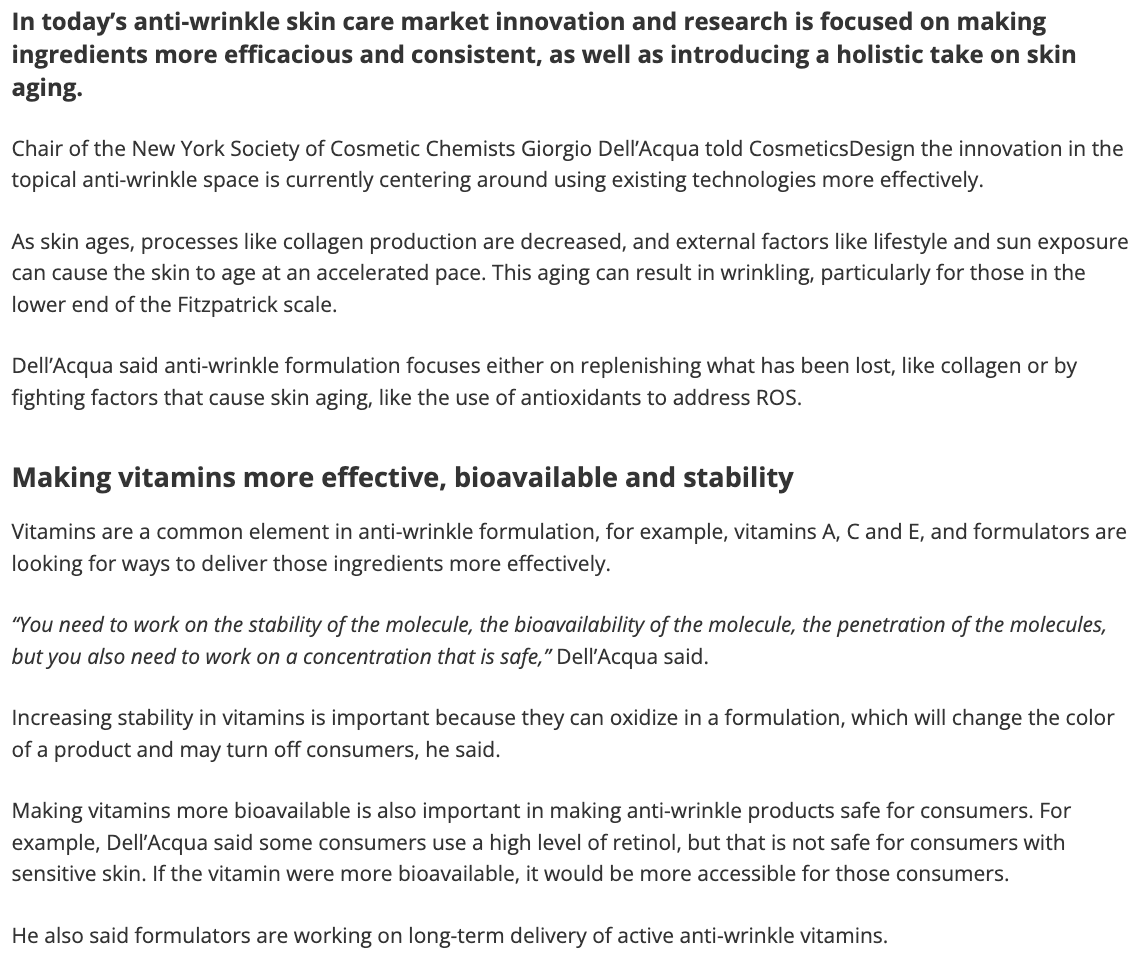The recent introduction of holistic wellness as a major component of “I feel better and I look better” is not new to the beauty and cosmetic market. However, the explosion of nutritional formulations in the space of beauty from within is today associated with more robust and convincing scientific evidence than in the past. Supplement formulations appear more complex and not limited to collagen, vitamins and minerals to cite some of the most popular ingredients. The introduction of phytochemicals, sometime in the form of standardized plant extracts, along with vitamin and minerals, is providing an increased targeting and holistic approach to inner mechanisms associated with stress, diet, metabolism, aging, etc. that eventually influence our external look. This is not surprising as our cosmetic targets such as skin, hair, nail are part of our body and therefore react to our body unbalance. The connection between our gut and our skin, when a diverse gut environment is associated with skin conditions such as acne, psoriasis, atopic dermatitis, etc.1 and the influence of hormonal and stress-induced changes that can trigger hair conditions such as androgenetic alopecia and telogen effluvium.2 are some examples.
Modern formulations would use a wide range of ingredients that, when ingested, specifically target biological mechanisms associated with our health and wellness as well as our look (and I underline the specificity). It is possible then to create formulation that when tested deliver real efficacy and stand up to the claims.
Natural ingredients are taking center stage in these formulations, also inspired by the use of naturals in traditional medicine, with the possibility to merge knowledge from the western and eastern world.
When having a closer look at the applications and studies of supplements targeting wellness and beauty, recent reviews have highlighted their use as adjuvants and/or treatment for different dermatology or cosmetic conditions such as hair loss, acne, skin aging3-5. Since supplements are not FDA regulated, large, peer-reviewed clinical studies are necessary to determine the efficacy and safety of these supplements, especially since most of them haven’t been clinically tested. To avoid running lengthy and sometime expensive clinical trial, product manufacturers often rely on supplier’s data and/or academic literature about the ingredients in the final supplement composition. However, it is necessary to test the finish product since ingredient’s dosage and ingredients interaction and/or synergy can determine the outcome both from a safety and efficacy point of view. The quality of the clinical study is also important (number of subjects, inclusion/exclusion criteria, end points measures, data significance). Finally, Institutional Review Boards (IRB) approval is becoming increasingly in demand prior to the clinical study especially if dealing with compositions that are new to the market and carry some safety risk, and is often requested by scientific journals when trying to publish the data.
In conclusion, the cosmetic and the nutrition (supplements) industry are getting closer, with beauty as a shared target. Innovative supplement formulations carrying high end natural ingredients are becoming popular and demanded by the market. Rigorous science and testing is mandatory to make sure the formulation can survive scrutiny by the consumers and the FDA. Combination of topical and ingestible treatments in the beauty market will continue to grow in the following years.
- Ellis SR, Nguyen M, Vaughn AR, Notay M, Burney WA, Sandhu S, Sivamani RK. The Skin and Gut Microbiome and Its Role in Common Dermatologic Conditions. Microorganisms 7(11):550, 2019
- Hadshiew IM, Foitzik K, Arck PC, Paus R. Burden of hair loss: stress and the underestimated psychosocial impact of telogen effluvium and androgenetic alopecia. J Invest Dermatol. 123(3):455-7, 2004
- Adelman MJ, Bedford LM, Potts GA. Clinical efficacy of popular oral hair growth supplement ingredients. Int J Dermatol 60(10):1199-1210, 2021
- Clark AK, Haas KN, Sivamani RK. Edible Plants and Their Influence on the Gut Microbiome and Acne. Int J Mol Sci 17;18(5):1070, 2017
- Sardana K, Sachdeva S. Role of nutritional supplements in selected dermatological disorders: A review. J Cosmet Dermatol 21(1):85-98, 2022

Giorgio Dell’Acqua
Giorgio Dell’Acqua is Nutrafol’s Chief Scientific Officer. Part of the Leadership team, Giorgio spearheads the brand innovation, product formulation and scientific communication. After obtaining his PhD in Cell Biology in 1989, Giorgio worked in Academia for 15 years as an investigator in applied medical research. Moving to the private sector in 2000, he has spent the last 22 years as an executive and cosmetic scientist in the personal care industry. During his career, he directed R&D, Innovation, Science, and Product Development at multiple companies, including La Prairie and Kiehl’s. He has helped bringing more than 200 successful active ingredients and finished products to market, has authored more than 80 publications in medicine and cosmetic science, he holds 2 patents and has been a keynote speaker on clean beauty and natural ingredients. Giorgio serves on the NYSCC board as advisor.

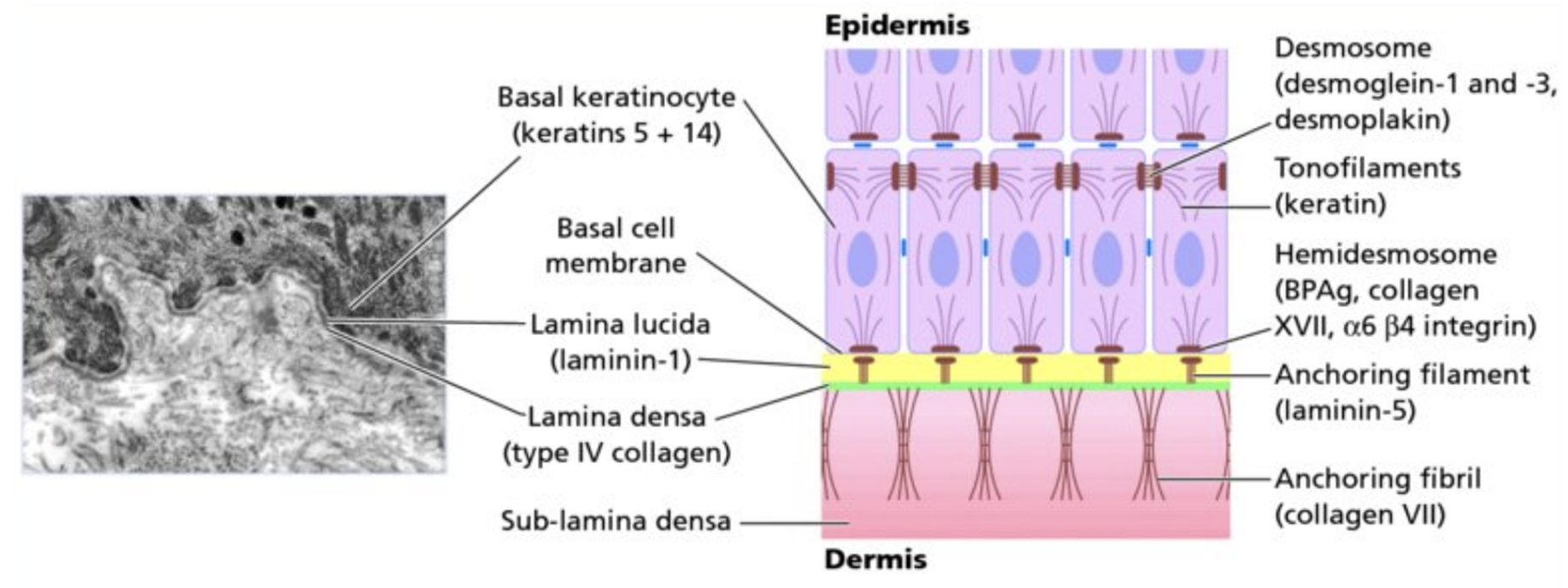
 Image Source: Kynan T. Lawlor, Pritinder Kaur: International Journal of Molecular Sciences 16 (12):28098-28107
Image Source: Kynan T. Lawlor, Pritinder Kaur: International Journal of Molecular Sciences 16 (12):28098-28107 Marc Cornell, BS. is a consultant at Mar-key Consulting LLC where he services the consumer product industry with innovative product development concepts.
Marc Cornell, BS. is a consultant at Mar-key Consulting LLC where he services the consumer product industry with innovative product development concepts.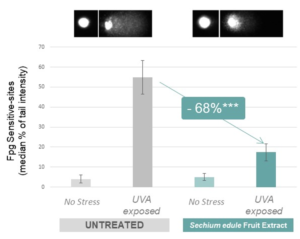
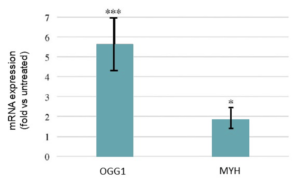
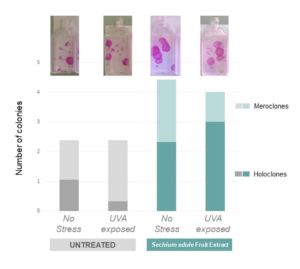


 Mythili Nori has worked in the Personal Care industry for over a decade. Her expertise is in Product Claim Substantiation and Data Science. In her current role at BASF, she is responsible for Physical Claim Substantiation & Sensory testing for Hair & Skin Care. Prior to joining BASF, she spent 5 years at TRI/Princeton as a Senior Research Associate, supporting claim substantiation and fundamental research activities for textile and hair surfaces. She earned a Bachelor of Technology in Chemical Engineering from India and received Master of Science in Chemical Engineering at North Carolina Agriculture & Technical State University focusing on purification of drinking water.
Mythili Nori has worked in the Personal Care industry for over a decade. Her expertise is in Product Claim Substantiation and Data Science. In her current role at BASF, she is responsible for Physical Claim Substantiation & Sensory testing for Hair & Skin Care. Prior to joining BASF, she spent 5 years at TRI/Princeton as a Senior Research Associate, supporting claim substantiation and fundamental research activities for textile and hair surfaces. She earned a Bachelor of Technology in Chemical Engineering from India and received Master of Science in Chemical Engineering at North Carolina Agriculture & Technical State University focusing on purification of drinking water.

 Michael Anthonavage has 26 years of experience in personal care product development and a career spanning background in skin biology, education, and medical technology. Michael has extensive knowledge in product development in personal care product design and specializes in R&D to marketing translation as well as claims validation both in-vitro and in-vivo. He is also an engaging public speaker and product technology advocate with an ability to marry complex ideas and concepts to various consumer needs. Michael is currently the VP of Operations & Technology at Eurofins CRL, Inc. as well as an educator in herbal studies, clinical lab interpretation, product development strategies, physiology, and skin biology. Michael’s previous positions have focused on product development for multi-national corporations in Consumer Products and has held R&D leadership positions at several industry ingredient suppliers where he has championed innovative ingredient portfolios. Michael is currently on the NYC SCC Scientific Advisory Board and has given several lectures for the SCC over the years. He has a variety of publications and patents to his name and continues to be an influential speaker and educator in the personal care, bioinstrumentation, and skin testing arena.
Michael Anthonavage has 26 years of experience in personal care product development and a career spanning background in skin biology, education, and medical technology. Michael has extensive knowledge in product development in personal care product design and specializes in R&D to marketing translation as well as claims validation both in-vitro and in-vivo. He is also an engaging public speaker and product technology advocate with an ability to marry complex ideas and concepts to various consumer needs. Michael is currently the VP of Operations & Technology at Eurofins CRL, Inc. as well as an educator in herbal studies, clinical lab interpretation, product development strategies, physiology, and skin biology. Michael’s previous positions have focused on product development for multi-national corporations in Consumer Products and has held R&D leadership positions at several industry ingredient suppliers where he has championed innovative ingredient portfolios. Michael is currently on the NYC SCC Scientific Advisory Board and has given several lectures for the SCC over the years. He has a variety of publications and patents to his name and continues to be an influential speaker and educator in the personal care, bioinstrumentation, and skin testing arena.